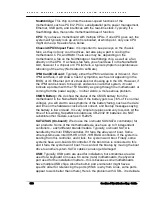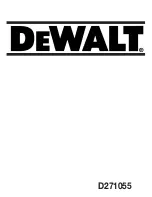
G A L A X Y ® A U R O U R A C O N F I G U R A T I O N A N D S Y S T E M I N T E G R A T I O N G U I D E
115
Section 4 Troubleshooting Guide
4.9
Drive Backplane problems
In general, there’s two kinds of drive backplanes we use. One is a discreet
backplane – the other is a SAS-switched backplane. Both types of backplanes
have an SES2 enclosure management chip, which operates the LEDs and
controls and monitors voltages, temperatures, and fans on the backplane
itself. The way this chip connects to the host is different, however. On the
switched backplanes, the chip is connected to the switch, whereas on non-
switched backplanes, it connects to the hos via an I2C interface. On the
switched backplanes, the switch connects to the host via an I2C interface
instead. How these backplanes are constructed varies: Typically, the discreet
backplane has SAS connectors on the drives which go through the board (i.e.
through hole), whereas on the switched backplane, the drive connectors are
surface-mounted. Roughhousing the drives (i.e. not inserting them carefully)
could damage the connectors. On the rear of the board, there are multilane
connectors or discreet SATA connectors – these are also potentially very
delicate. On the multilane connector, should the shield become bent, the cable
may not seat properly, causing bad connections. Also, the I2C connection is
especially delicate. Finally, there is power: Most of these boards have multiple
power connections – this isn’t done just to have a place to put the connectors
– it’s done for distributing the power across the ports – this enables hot-
pluggability. If, for example, one power connection was used, then hot-
plugging one drive might cause other drives to momentarily spin down then
back up.
















































